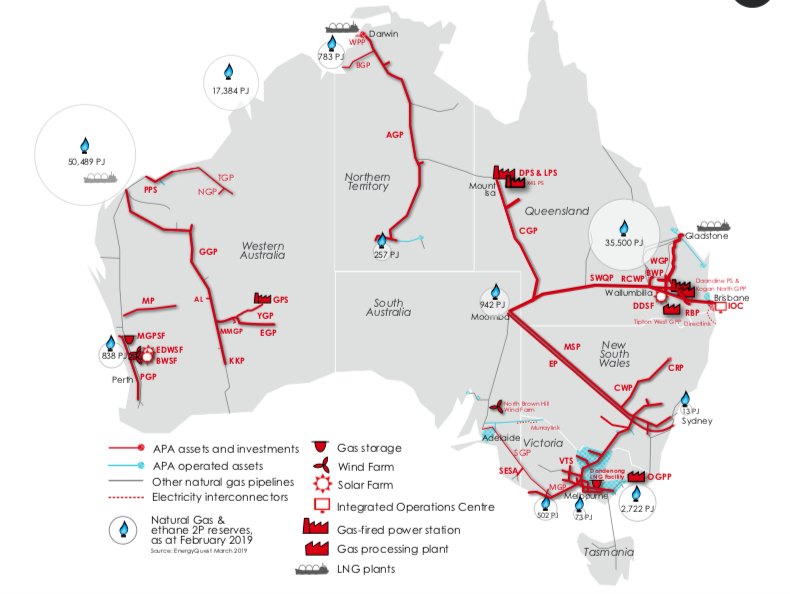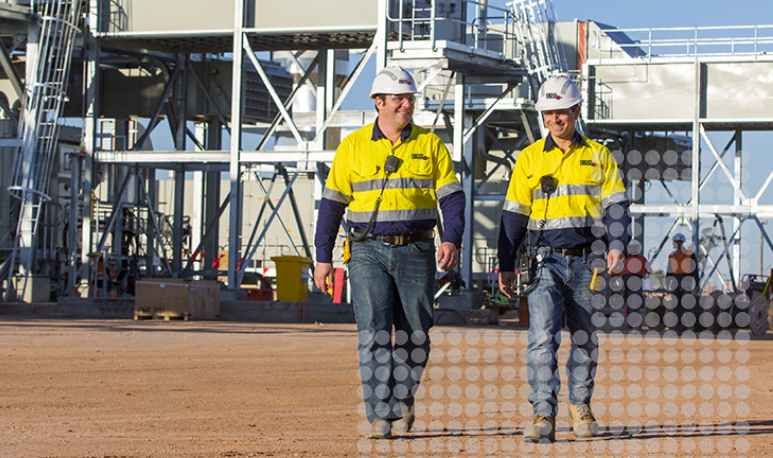While still in its early stages of commercial deployment, power-to-gas could be a solution to the challenge facing Australia’s power networks and solar developers, suggests APA Group chief executive Mick McCormack. Noting curtailment facing utility scale PV developments in a growing number of nodes on the National Electricity Market, McCormack said that hydrogen gas production from PV could be “a magic pudding” solution.
“In the next five to ten years, green gas, hydrogen [will become a power source] it’s almost like a magic pudding,” said McCormack, speaking at the annual Macquarie Group conference in Sydney this week.
Hydrogen can be generated via electrolysis, the passing of an electric charge, such as one supplied by excess solar and wind energy, through water to isolate, or ‘crack’, the hydrogen in water molecules. The hydrogen can then be fed into existing gas pipelines and utilised by existing gas consumers, or liquified for export.
In his address, McCormack suggested many planned solar developments located large distances from power loads will be “dusted” as the grid is unable to incorporate the excess generation during low-demand periods.
“People are starting to realise now,” said McCormack, “that you can put all the generating capacity you like but [it means little] if you don’t have the transmission lines to connect it. Who’s paying for that? If you put a 1000 megawatts at the ‘back of Bourke’ then there has to be a cost for getting that into the network,” he continued.

Hydrogen production through electrolysis from solar and wind is rapidly gaining traction, although large scale projects are still at their early stages. In Europe, former SolarPower Europe CEO is now heading Eurogas, and is advocating for power-to-gas to be embraced by EU administrators.
“Solar will be facing the risk of cannibalising ourselves, or you can create new demand,” Watson told pv magazine before taking up his new role at Eurogas. “Demand for me, would be to creating the renewable gas – hydrogen. I think we’re going to see that, to make sure that there is sufficient demand [for solar].”
In Australia, investments have been made in the exploration of power-to-gas projects in locations like Beetaloo Basin in the Northern Territory, the Pilbara in Western Australia, and the Galilee in Queensland, but these projects are years, perhaps decades away from development. Smaller electrolyses could potentially be installed alongside PV projects, where there is ready access to gas distribution pipelines.
McCormack’s comments on curtailment and grid constraints could be informed by experienced. APA is the developer of the 108.5 MW Darling Downs Solar Farm. In December 2018, APA terminated its turnkey EPC contract with RCR Tomlinson, after the latter entered into voluntary administration. While the project is said to be completed and supplying Origin Energy with “pre-commissioning” generation, final commissioning and grid acceptance has not yet been announced.
McCormack is set to step down as APA Group CEO at the end of this year. He has served in the role for 14 years.
Author: Blake Matich
This content is protected by copyright and may not be reused. If you want to cooperate with us and would like to reuse some of our content, please contact: editors@pv-magazine.com.








By submitting this form you agree to pv magazine using your data for the purposes of publishing your comment.
Your personal data will only be disclosed or otherwise transmitted to third parties for the purposes of spam filtering or if this is necessary for technical maintenance of the website. Any other transfer to third parties will not take place unless this is justified on the basis of applicable data protection regulations or if pv magazine is legally obliged to do so.
You may revoke this consent at any time with effect for the future, in which case your personal data will be deleted immediately. Otherwise, your data will be deleted if pv magazine has processed your request or the purpose of data storage is fulfilled.
Further information on data privacy can be found in our Data Protection Policy.